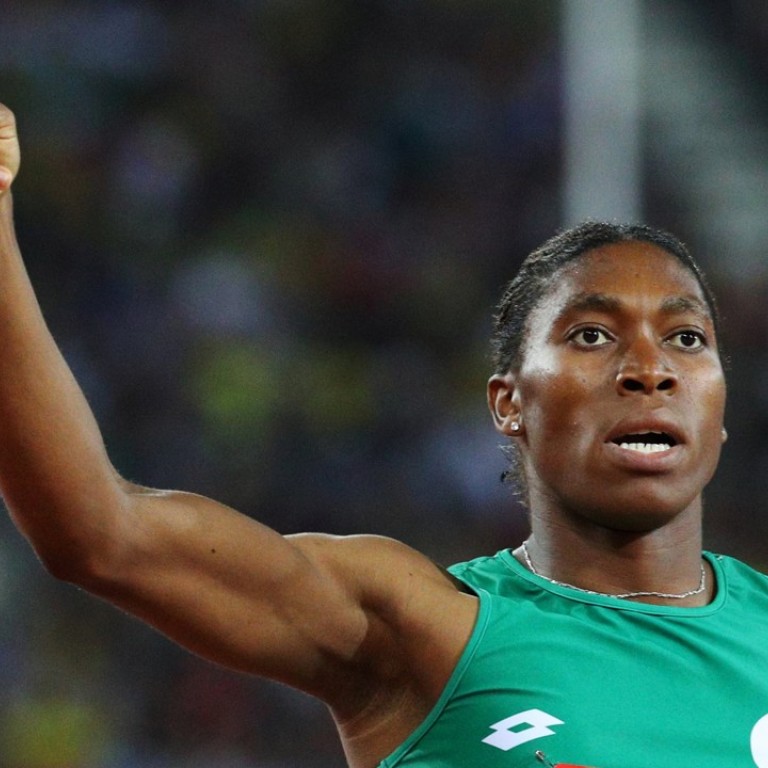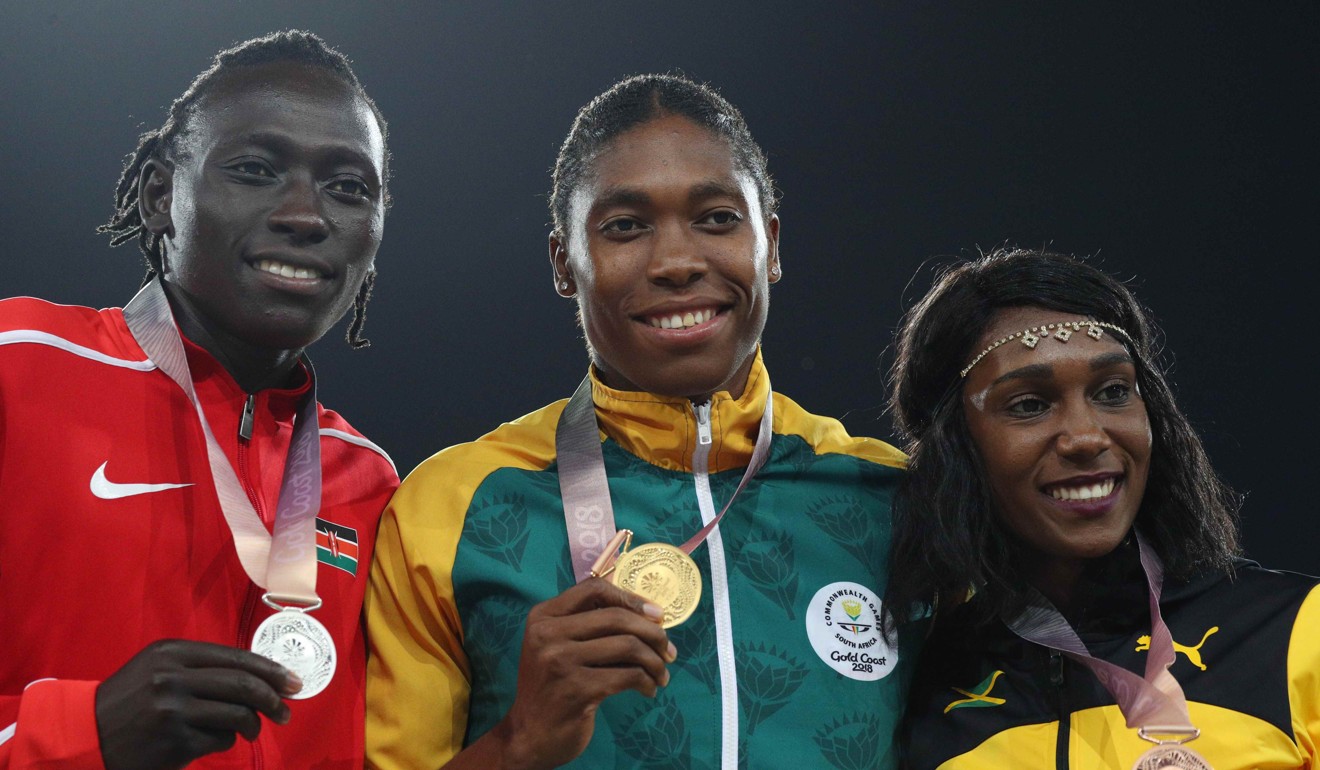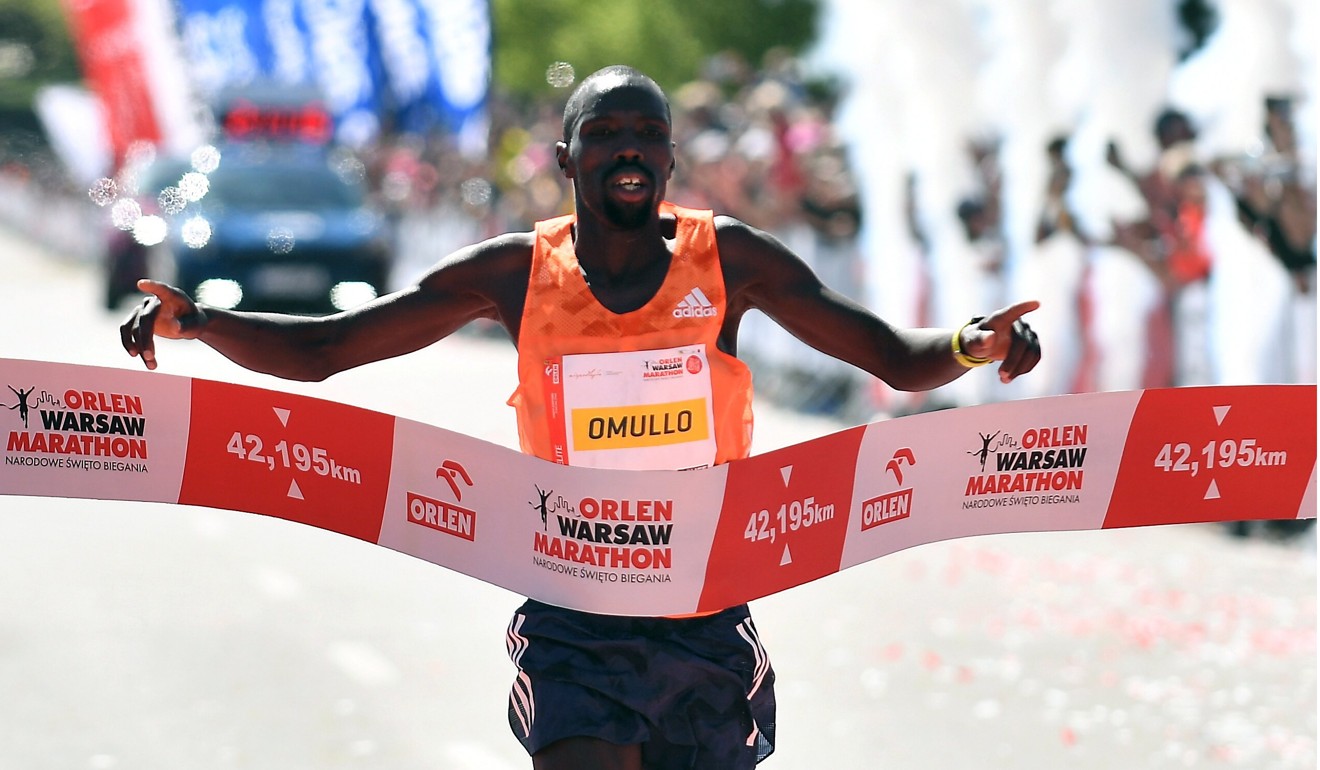
Caster Semenya castigated: is the IAAF right to clamp down on the sensational South African over advantageous genetics?
With middle-distance queen facing a ban from women’s athletics, is it a good idea to penalise athletes for their naturally occurring traits in a sport where doping is so widespread?
South Africa has condemned it, Canada has demanded a review while an Indian sprinter blasted it as just “wrong”.

The governing body of world athletics announced there would be a separate classification for athletes who have a difference of sexual development (DSD). Beginning on November 1, DSD athletes will be required to reduce their blood testosterone levels if they want to compete internationally.
It will limit entry for all international events to women with testosterone levels below a specified level. The rule applies to events from 400 metres to the mile, including hurdles races, 800m, 1,500m and combined events over the same distances.

Meanwhile, Indian sprinter Dutee Chand, who won a court battle for her right to compete with a hormonal imbalance, said the rule was “wrong” and offered legal help to Semenya to help her fight back.
While this announcement may be viewed as affecting a small number of female athletes, such as Semenya, it potentially opens up a Pandora’s box.
Anyone who goes for an annual blood check and views their results over the years will have noticed variations in their levels for various tests, such as blood sugar or iron. This is natural depending on diet, exercise, weight loss or gain and even levels of stress and amount of sleep.

With this knowledge then, where does one draw the line with regard to the level of testosterone? This question, in itself, raises the whole matter of natural ability. As you read this, the bad news for virtually all of you is that you will never compete in an Olympic event that requires strength, speed or endurance. This is because you were not born with a body that will allow you to be competitive with those whose bodies have certain natural attributes.
After all, if you are an average Hong Kong male standing 1.7 metres tall, you are extremely unlikely to ever play in the NBA, or even represent Hong Kong in basketball. Somehow attributes, such as height, are not considered advantageous enough to disqualify an athlete, even though in the end, one’s height is the result of a chemical process, that is, our DNA.

Epstein goes on to explain that it is only those born with a high proportion of fast-twitch fibres in their muscles who go on to be successful sprinters. Likewise, with distance events like the marathon: those born with ancestors who lived at high altitudes over a period of centuries have a genetically superior ability to process oxygen more efficiently. This is probably why East Africans have come to dominate the marathon at elite levels.

Similarly, certain Kenyans, due to high haemoglobin levels, can process oxygen much more efficiently than the rest of us due to their genetic predisposition. However, drawing a line based on the proportion of fast-twitch fibres or oxygen uptake would be considered ridiculous.
Some may argue that hormones are in a special category because they involve fundamental differences between males and females. However, all of us have our own natural levels of testosterone and oestrogen, and because of that, these levels will bring natural advantages or disadvantages in sport performance.
In an era of artificial, performance-enhancing drugs permeating many sports at elite levels, the last thing we need is for organisations like the IAAF to be enforcing the levels of natural chemicals in athletes’ bodies.

